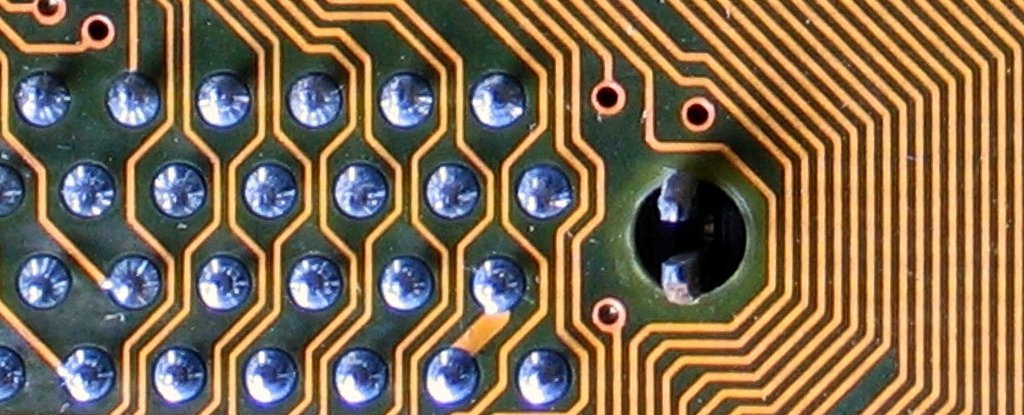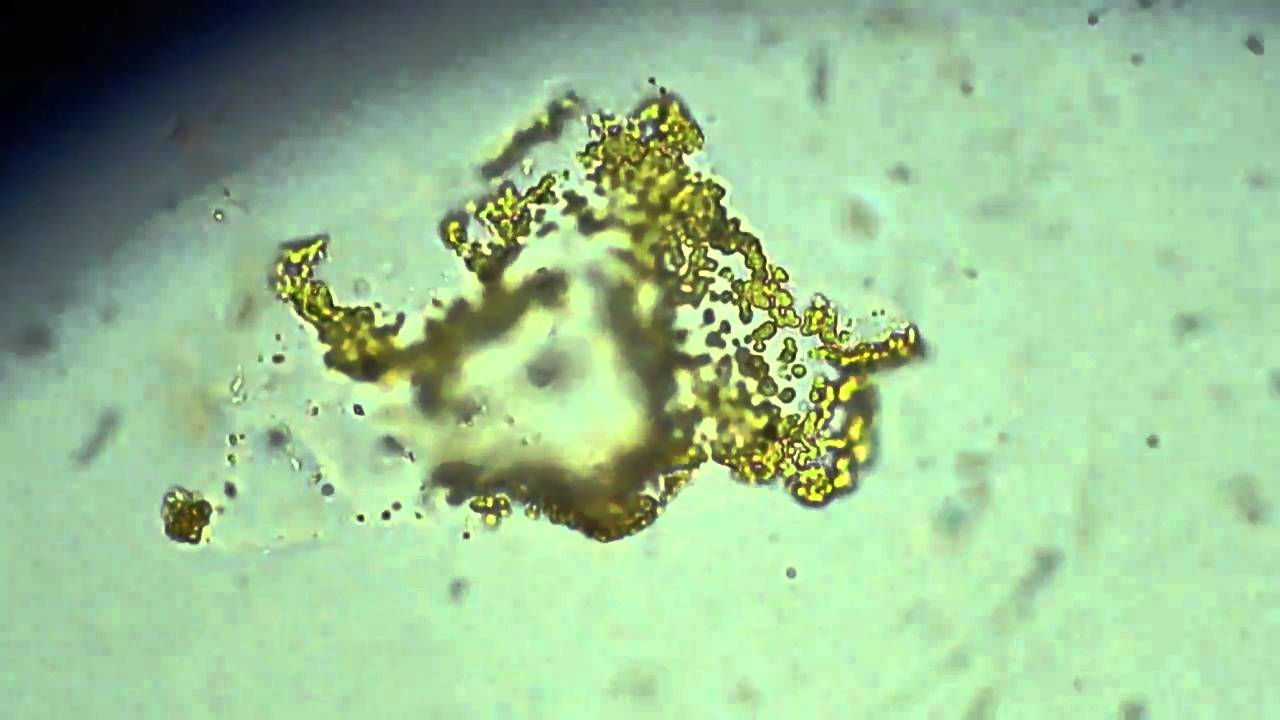
Metal Conducts electricity but not heat
The Wiedemann-Franz Law, basically states that good conductors of electricity will also be proportionally good conductors of heat.
But a team in the US showed this isn't the case for metallic
Vanadium dioxide (VO2) - a material that's already well known for its strange ability to switch from a see-through insulator to a conductive metal at the temperature of 67°.
Not only does this unexpected property change what we know about conductors, it could also be incredibly useful - the metal could one day be used to convert wasted heat from engines and appliances back into electricity, or even create better window coverings that keep buildings cool.
The team looked at the way that electrons move within vanadium dioxide's crystal lattice, as well as how much heat was being generated.
Surprisingly, they found that the thermal conductivity that could be attributed to the electrons in the material was 10 times smaller than that amount predicted by the Wiedemann-Franz Law.
The reason for this appears to be the synchronized way that the electrons move through the material.
The electrons were moving in unison with each other, much like a fluid, instead of as individual particles like in normal metals.
For electrons, heat is a random motion. Normal metals transport heat efficiently because there are so many different possible microscopic configurations that the individual electrons can jump between.
In contrast, the coordinated, marching-band-like motion of electrons in vanadium dioxide is detrimental to heat transfer as there are fewer configurations available for the electrons to hop randomly between.
Interestingly, when the researchers mixed the vanadium dioxide with other materials, they could 'tune' the amount of both electricity and heat that it could conduct.
For example, when the researchers added the metal tungsten to vanadium dioxide, they lowered the temperature at which the material became metallic, also made it a better heat conductor .
That means that vanadium dioxide could help dissipate heat from a system, by only conducting heat when it hits a certain temperature. Before that it would be an insulator.
Vanadium dioxide also has the unique ability of being transparent to around 30°, but then reflects infrared light above 60° while
remaining transparent to visible light.
So that means it could even be used as a window coating that reduces the temperature without the need for air conditioning.
By tuning its thermal conductivity, the material can efficiently and automatically dissipate heat in the hot summer because it will have high thermal conductivity, but prevent heat loss in the cold winter because of its low thermal conductivity at lower temperatures.
 English
English Arabic
Arabic


